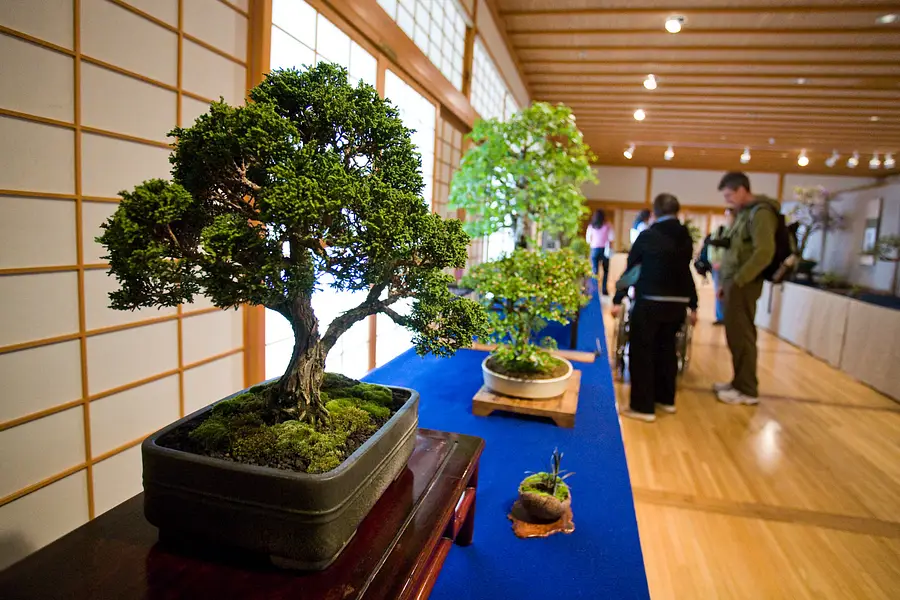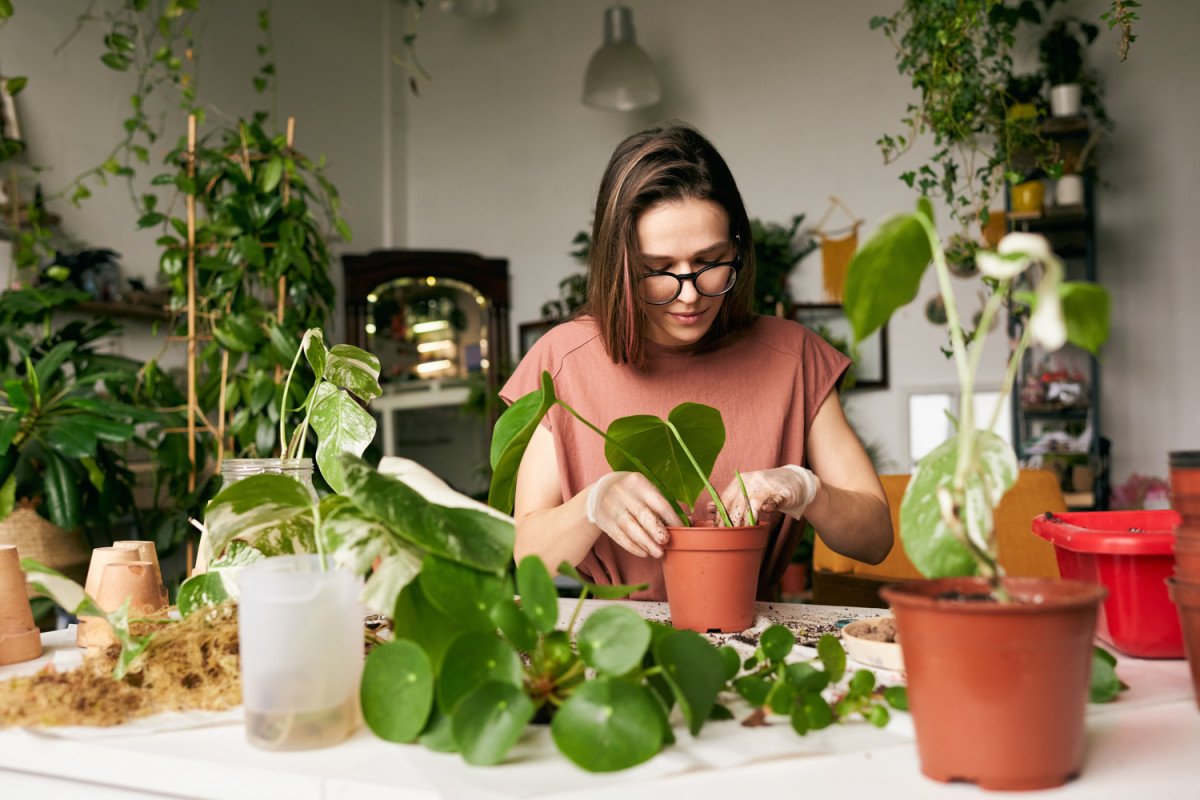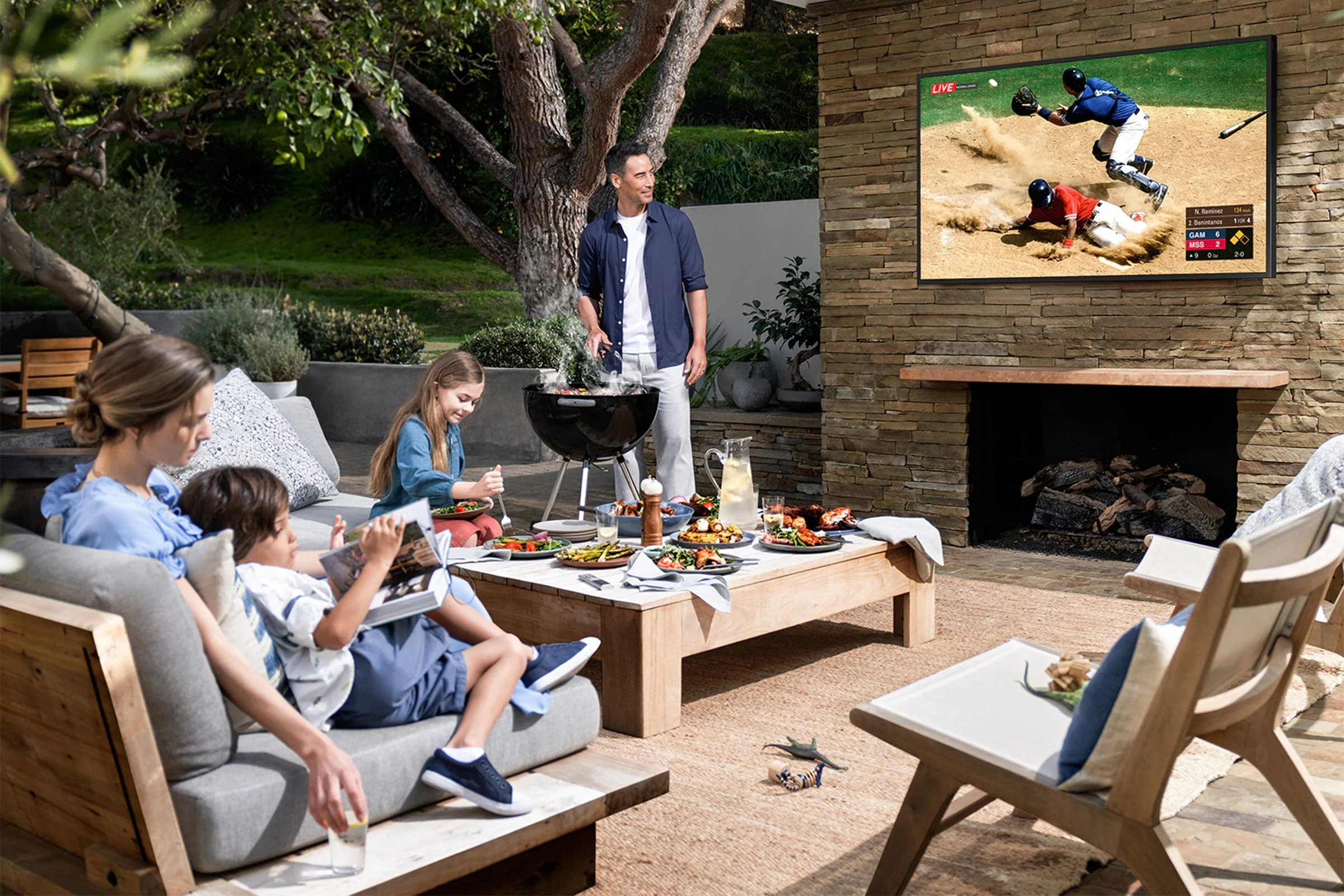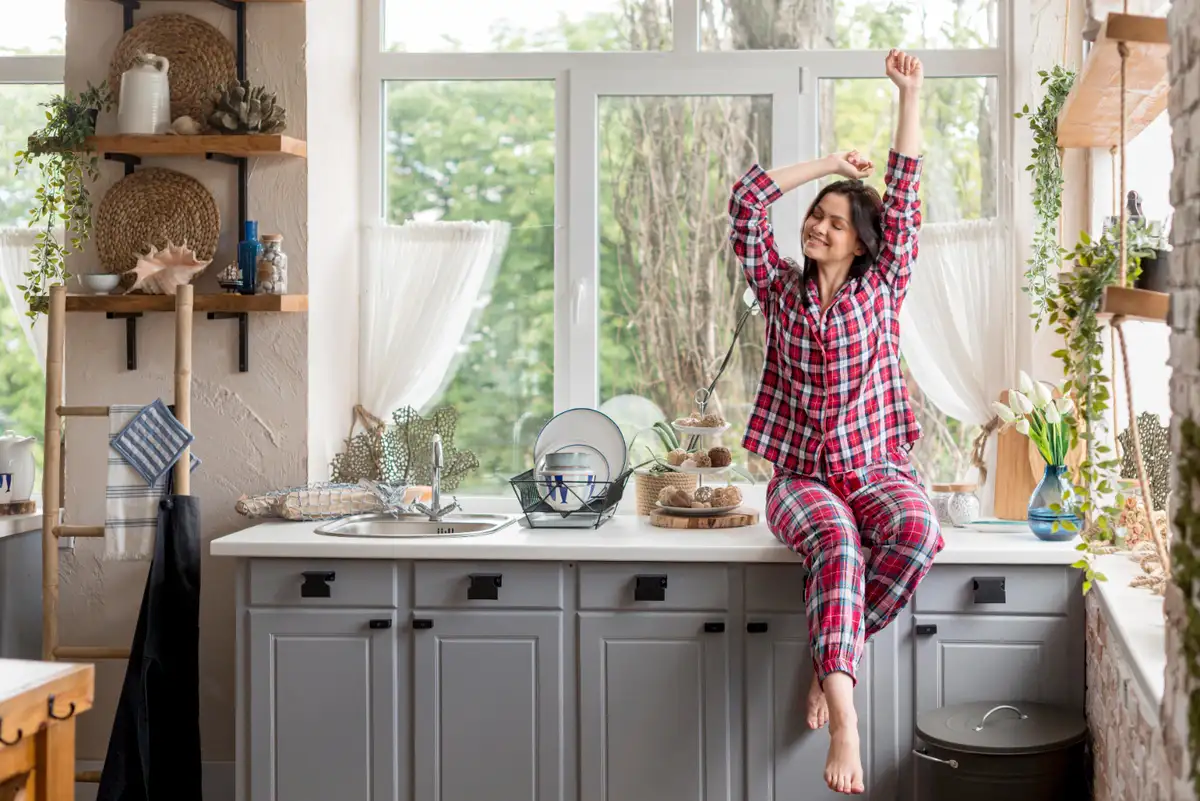
25 Types Of Bonsai Trees | To Your Indoor Space Perfect and Incredible
Bonsai trees are not simply miniature versions of full-grown trees but a living work of art that can bring peace, balance, and aesthetic value to any indoor space. Whether you are an experienced bonsai grower or just starting with it, there is a perfect kind of bonsai tree for your indoor space. In this article, we will talk about 25 stunning species of bonsai trees that can be grown indoors. Every variety has a peculiar beauty and charm from its elegant leaves to the more exotic blooms that help beautify your home and office.
Indoor bonsai trees are excellent for adding a sense of calm and tranquility to any room. These trees symbolize harmony and patience, and taking care of them surely forces mindfulness. Besides, bonsai trees can serve as an exceptionally great way to connect one with nature, even if your home happens to nestle right in the middle of a city.
Many species of indoor bonsai trees require little sun and are low maintenance; their simple care instructions enable both beginners and experienced plant enthusiasts to take good care of them.
Next, read about 25 amazing species of bonsai trees that you can grow indoors!
1. Ficus Bonsai (Ficus retusa)
The Ficus is among the most popular and easy-to-grow bonsai trees, highly suitable for indoor growing conditions. This evergreen tree has attained fame for its strength, brilliant shiny green leaves, and enormously thick trunk that can be shaped in a lot of different forms. Ficus bonsai is capable of growing well in low light conditions and can put up with low humidity, thus becoming ideal for indoor gardens.
- Care Tips: Requires indirect light; soil should be moist, but not waterlogged; occasionally spray some water over the leaves for maintaining humidity.
2. Jade Bonsai (Crassula ovata)
The money tree is more popularly known as the Jade bonsai indoor succulent plant that thrives well in the absence of much water. Its leaves are thick and fleshy, storing water in them, hence being highly drought-tolerant. It bears shiny green leaves, stays compact, and takes on a nice, sculpted look with a little pruning.
- Care Tips: Very bright, indirect light, and tolerates low watering. Allow the topsoil to dry between waterings.
3. Chinese Elm Bonsai-Ulmus parvifolia
The Chinese Elm is another classic bonsai owing to its small size, serrated leaves, and naturally curved trunks, giving it a beautiful outlook. It adapts very well indoors and responds well to pruning hence ideal for intricate designs.
- Care Tips: Thrives under bright, indirect sunlight; prefers moist soil, but it needs regular pruning to keep its shape.
4. Serissa Japonica – Tree of a Thousand Stars
This unique bonsai acquires its name from small, star-shaped white flowers, which are carried on this species all through the year. With delicate flowers and waxy leaves, Serissa Japonica will be ideal for bringing a touch of class to your indoor area.
- Care Tips: Requires much light, but not direct sunlight. Soil should always be slightly moist, but drainage should be proper.
5. Juniper Bonsai (Juniperus)
Although they are more outdoor trees, with proper care, the Juniper bonsais also will thrive indoors. Its needle-shaped foliage and rugged trunk are wild and could bring a part of the outdoors into your living area.
Juniper trees are often associated with traditional bonsai aesthetics.
- Care Tips: Requires bright, indirect light and slightly cooler indoor temperatures. Water when the topsoil feels dry.
6. Schefflera Bonsai – Dwarf Schefflera
Dwarf Schefflera is easy to care for and is an excellent bonsai tree for beginners. It contains umbrella-shaped leaves and is very tolerant of any lazy treatments. This evergreen tropical tree works best indoors and needs hardly any effort to grow.
- Care Tips: Do well in bright to low light and only require watering occasionally. Need to let the soil dry between waterings.
7. Bougainvillea bonsai
If you’re looking for a tree that is going to be quite vibrant in color, then the Bougainvillea bonsai is your primary go-to tree!
This bonsai becomes quite famous because of its bright pink-colored flower, purple, or red, growing on this plant, adding a tropical flair to indoor places. It is quite an eye-catching choice and adds color to a room.
- Care Tips: In need of plenty of sun, and water regularly. Allow the soil to dry out well so you can avoid root rot.
8. Japanese Maple Bonsai (Acer palmatum)
The Japanese Maple bonsai, for its part, is very ornamental, with delicate, deeply lobed leaves that turn brilliant reds and oranges during fall. This kind of bonsai is a nice way to bring some elegance and color into your indoor space. This one likes cooler environments, with indirect light. Therefore, this bonsai will do best indoors.
- Care Tips: Loves bright indirect sunlight, and prefers cool humid environments. Should keep the soil moist, especially throughout the growing period.
9. Azalea Bonsai (Rhododendron)
They love the Azalea bonsai for its sensational flowers in colors like pink, red, and white. Flowering trees are best for indoor bright areas and can brighten up your homes with a vibrant glow.
- Caring Tips: Requires abundant light though indirect and bright. Soil should be moist with an acidic pH for the proper development of the tree.
10. Olive Bonsai (Olea europaea)
The Olive bonsai, by contrast, is a hardy tree with silvery-green leaves and a gnarled trunk that gives it an unmistakable Mediterranean flair. It thrives in warm indoor conditions and is an attractive choice for those looking for a low-maintenance bonsai.
- Care Tips: Needs bright light and well-draining soil. Water moderately, letting the soil dry out between waterings.
11. Pine Bonsai (Pinus)
The Pine bonsai is a classic species that makes for a more traditional, timeless look in any indoor space. Their leaf form may be needle-like and can have rough bark; these attributes make it highly iconic but difficult to grow indoors because it require very bright light and sensitive care.
Care tips: Bright, direct sunlight and well-drained soil. Soil should be dried slightly between waterings.
12. Carmona Bonsai (Fukien Tea Tree)
The Carmona bonsai is an evergreen tropical tree, bearing small white flowers throughout the year with small shiny leaves of dark green color. For indoor placement, it prefers warm, bright areas with indirect light.
- Care Tips: Require constant water and indirect sunlight. Mist the leaves regularly to maintain humidity.
13. Boxwood Bonsai (Buxus)
The Boxwood is an evergreen bonsai tree with small, oval leaves that are very receptive to pruning and, therefore, can be shaped quite easily according to one’s desired design. Great for both beginners and experienced bonsai artists alike.
- Care Tips: Does best in bright, indirect sunlight with a little moist earth. Prune regularly to maintain shape.
14. Sago Palm Bonsai (Cycas revoluta)
The Sago Palm adds an exotic feel to your indoor space with a slow growth rate, giving off that tropics vibe. The feathery, arching fronds provide a bold tropical statement.
- Care Tips: This plant requires bright light and well-draining soil. Water sparingly, as it prefers dry conditions.
15. Gardenia Bonsai (Gardenia jasminoides)
This is one of the most popular types of bonsai trees, with fragrant white flowers and evergreen glossy green leaves. A bit more demanding for indoor care, it needs a humid environment; its reward is the beautiful, sweet-scented blooms.
- Care Tips: Needs bright light and good humidity. Water regularly but do not overwater to prevent root rot.
16. Pomegranate Bonsai-Punica granatum
The Pomegranate bonsai flowers are brilliant orange-red flowers and produce small pomegranates, making them eye-catchers in every interior. It prefers warmth and sun and can give your home a real Mediterranean atmosphere.
- Care Tips: Outside in full sun, water regularly. Let the soil dry a little between waterings.








